Sonos Roam review: Sonos slickness in a small Bluetooth speaker
The Sonos Roam sounds good and is definitely convenient, but is really for those who'll use its portable side the most

Sonos Roam is a great portable addition to a Sonos setup, and is enjoyable to listen to, but buy it portability is your main focus, not sound quality.
-
+
Striking sound overall
-
+
Strong frame and waterproofing
-
+
Great streaming options and features
-
-
Feels constrained at lower volumes
-
-
Detail and expansiveness are a bit limited
-
-
Battery life isn't ideal
Why you can trust T3

The Sonos Roam is the first truly portable speaker in Sonos' line-up. Oh, the Sonos Move came before this, and could certainly be moved around, but it's too large and heavy to be very portable outside your own home. The Sonos Roam's name gives its aim away – this is the first Sonos Bluetooth speaker that's made for tucking in a pocket or tossing in a backpack for hitting the road.
But the Sonos Roam still includes all of the Sonos creature comforts you'd expect. It's a fully-fledged member of your Sonos multi-room system as well as being a Bluetooth speaker, and works with Apple AirPlay 2 in addition to the Sonos app.
With dust and waterproofing, plus a generally robust frame to survive drops and bumps, can the class of Sonos help this bust its way into our guide to the best Bluetooth speakers? And is this the best multi-room speaker that actually fits in a (fairly large) pocket?

Sonos Roam review: Price & features
The Sonos Roam costs £159/$169/AU$279, which is certainly at the premium end of the Bluetooth market, but isn't out of line with other options by any means – it's right alongside the likes of the UE Megaboom 3 or JBL Charge 5, which are close to it in size and audio capabilities, though don't offer the same level of smarts.
It's the cheapest pure Sonos speaker currently available (excluding its collaboration with Ikea), though the checklist of features certainly doesn't give that away.
When it comes to what it can do, the Sonos Roam is like a shrunk-down Sonos Move, but it actually has even more smarts going on than the larger speaker. As I mentioned, not only is this a Bluetooth speaker, but it's also a Wi-Fi multi-room speaker, and works with Sonos' system or in Apple's AirPlay 2 multi-room system. The only big Sonos feature it's missing is that it can't be part of a home cinema setup, though you can pair two for stereo listening (but not in Bluetooth mode).
It's also a smart speaker, using Alexa or Google Assistant (your choice) and far-field mics to act as a full-on Echo (4th gen) or Nest Audio alternative.
Audio is delivered by a tweeter and separate racetrack woofer, and it features Sonos' Auto TruePlay feature, so it's always listening to the sound it's putting out, and adjusting the audio to compensate for any distortions from its placement.
It comes with a USB-A to USB-C cable for charging in the box, which will give it a full charge in about 2.5 hours. It's also Qi charging compatible, but this will be a) slower; b) less reliable, depending on your charger. I tried it on one charger that I know is a little picky about having your phone in the exact correct place, and getting the Roam to charge just didn't happen on that one.
Sonos is making a neat little charging cradle with Qi charging built in, which will cost $49/£44/AU$79 extra. It holds the Roam securely on its end, but you can just grab and go when you're heading out without unplugging.
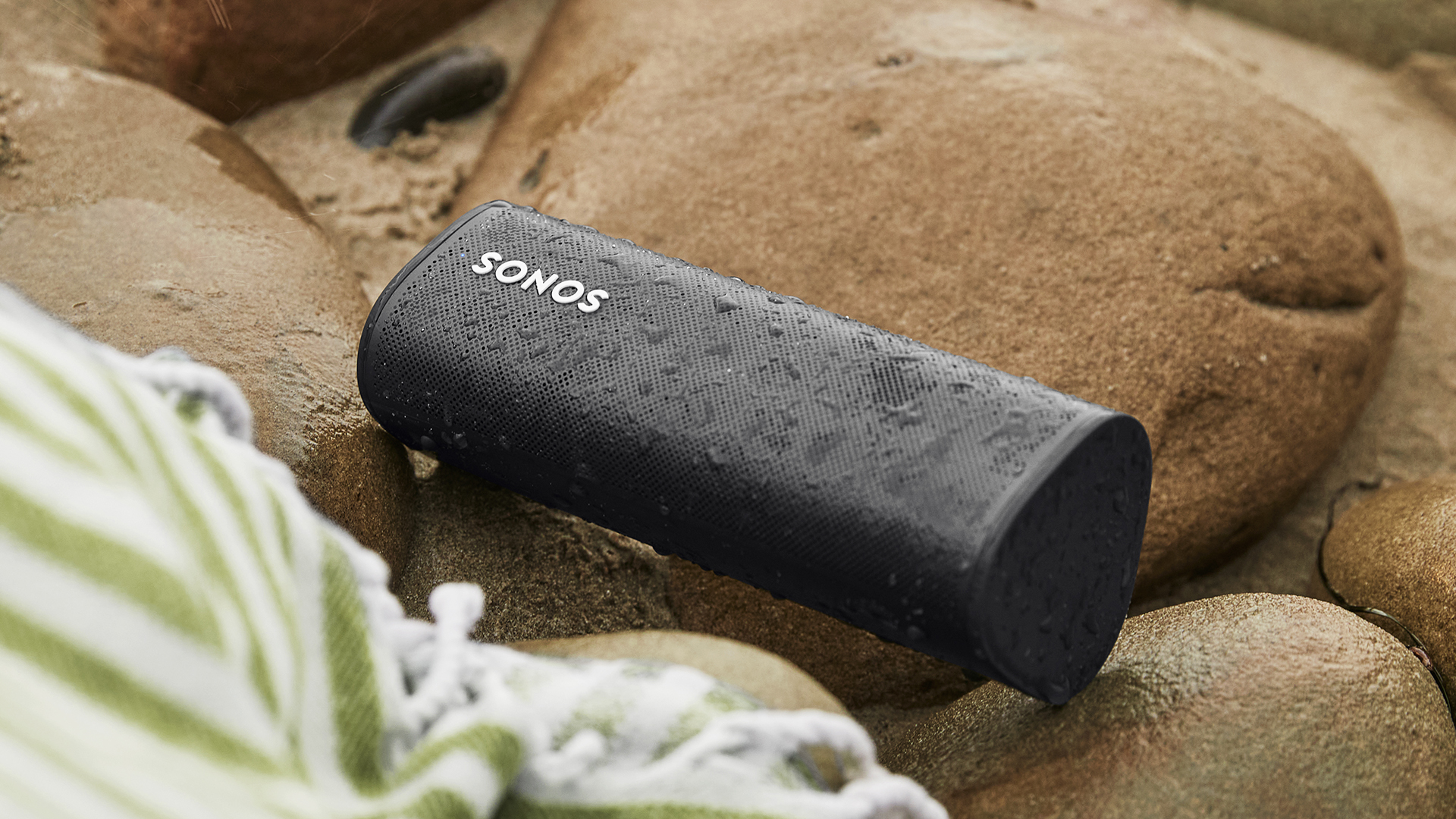
Sonos Roam review: Design & build quality
The Sonos Roam is clearly a Sonos product, with pale grey (aka 'white') or black finishes, and a curved grille that's a close fit with the Sonos One or Sonos Arc. Its triangular design is meant to make it easy to grab and hold securely (which it does), and also means the sound is angled up and away from whatever surface you place it on when laid flat, for better audio quality.
At just 6.61x2.44x2.36 inches (168x62x60mm) it's roughly one sixth the size of the (slightly hulking) Sonos Move, and weighs just 0.95 lb (0.43kg).
The two ends are rubberised, and though they don't look or feel like a chunky impact absorber, they make it much more drop-proof than anything else Sonos makes.
The ends are slightly concave, and one of them has the Roam's controls on, which include volume, play/pause, and a button to activate or deactivate the mic for smart speaker usage. When you have the speaker laid flat, the buttons are too stiff, so the unit just slides away from you when you try to press them, unless you learn to brace it out of habit. They're fine if you have the speaker upright, of course. Sonos was right not to use its usual touch buttons here, but I wish these had a little more give.
The Roam is IP67 rated for waterproofing, which means it can survive a dunk in water up to 1m for up to half an hour. Basically, it means you can drop it in the pool or it can get sprayed without issue as long as you retrieve it quickly, and the water tests we've given it were all survived without issue. It's also dustproof enough to be a good beach companion, but alas I haven't been able to test that in practice yet.
The charging port on the back has no cover, so that's the only part where you might to be a bit careful with sand or grit. Next to the charging port is another little button – this is a kind of sleep/wake button, so you can easily preserve the battery. The Roam comes on from sleep instantly, which is pretty impressive for something not running an eight-core Qualcomm processor equivalent.
However, I have another button gripe here: you can barely even tell whether you've pressed this one. It's very stiff, and offers basically no feedback at all. And this isn't just a wake button – press and hold and you switch the Roam from Wi-Fi to Bluetooth manually, instead of automatically. And when you can barely tell if you've pressed it, you might do this accidentally.
As a compact and tough speaker, the Roam right up there as one of the best-looking on the planet, and is a great size and weight for its portable goals. It's impressive, even if I'm being picky about buttons.
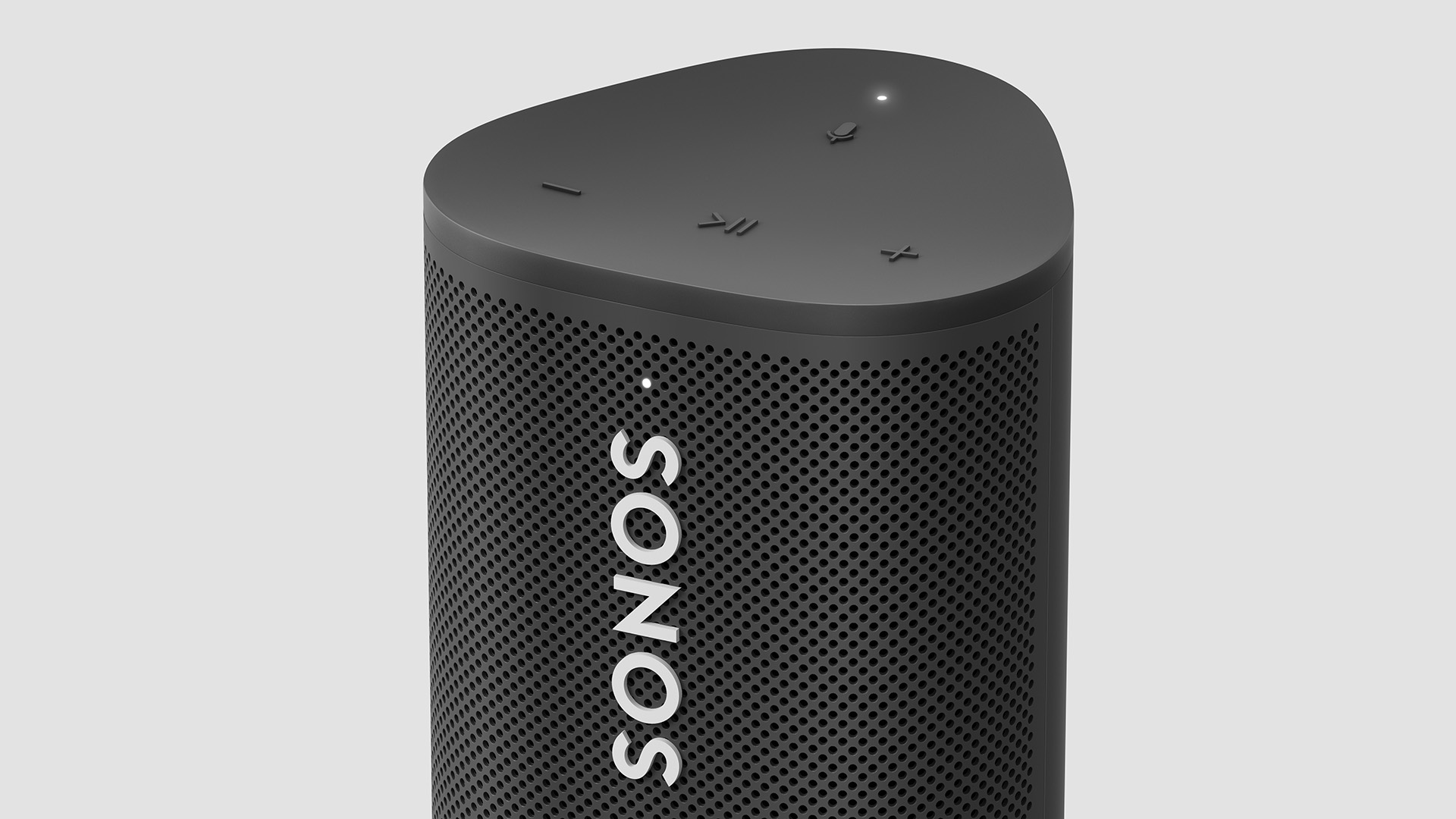
Sonos Roam review: Sound quality
The Roam has no problem with musical punch, which is obvious from the moment you turn it on. It's especially happy to introduce you to its bass, which is controlled and full – not overpowering, but the Roam would like to let you know that it's small size is no impediment to good low-end presence.
I've always found the Sonos One to be just a little too timid in the bass for my taste, but there's no question that Sonos knows what it needs to deliver for impactful sound outdoors here. You can tweak the EQ in the Sonos app too, though it's pretty basic – just a slider for bass and treble, rather than any kind of curve adjustment.
The Roam is also capable of lovely clear treble, and songs that really focus on higher-pitch voices get excellent treatment and resolution for the little intricacies of a voice that make it sound realistic.
Where the speaker really feels most at home is the mid-range, though. Whether it's an acoustic recording or something more synthy, songs that rely most on mids feel like they're hitting the most comfortable groove the Roam has going, and it's really enjoyable to listen to. It's fun when a song demands it, soulful when a song demands it.
However, with my serious audio listening hat on, I notice it sometimes has trouble doing all of this at once – in particular balancing a very mid-heavy song with treble. As the mid swells, highs struggle to stand and sparkle the way they ought to, as if struggling to keep their heads above the water. Bass is better at standing out over the mids, but that means it feels like the EQ of the whole song is pulled down towards the low end. Switch to a song that just has, say, a high voice and a simple drum beat and it feels like a different setup.
This is most noticeable when listening lower volumes – under about 40%, where it just feels like the sound is all a little repressed. Crank it up and it feels more like the balance is better at letting each part stand out, which is great outdoors, but makes it quite a full-on listen indoors if you want things to sound the best it can manage.

It feels like the Sonos Roam takes its biggest audio swing at whatever's currently most prominent in the mix – whether that's bass, treble or mid – but all things being equal it put most power into mid. I actually appreciate that this approach makes it feel like it's getting to most impact out of a song from a small space, and when you're outdoors fighting gentle wind noise or crowds nearby, it's no bad thing – but this is an indoor speaker too, and the same happens there even if it feels unnecessary.
As an extra wrinkle, if you stand the speaker upright, the balance audibly changes too, depending on which way up you stand it, presumably as a result of it having the two different drivers at each end. This isn't the biggest deal, but I preferred the sound from when its lying down, and I can't have that while using Sonos' charging cradle, for example.
The Sonos Roam generally doesn't feel massively expansive – it's definitely sound coming from a particular point, and there's no sense of 360-degree sound or anything here. The expansiveness maybe isn't so important, again, when its outside and battling fresh air, but I missed it indoors.
Generally, I'm a fan of the Roam's sound – this all has to be taken in the context of it being 6.5 inches long – but there's definitely a note of compromise here that I'm not used to from Sonos' other speakers.
The Sonos Roam's battery life is a big meagre compared to some of the similarly priced competition, though its playing time fairly well matched up to the promised 10 hours for me. However, I didn't get anything like the kind of standby time of 10 days – more like five. This is maybe the thing that has the potential to frustrate the most, and the charging cradle would help to avoid it.
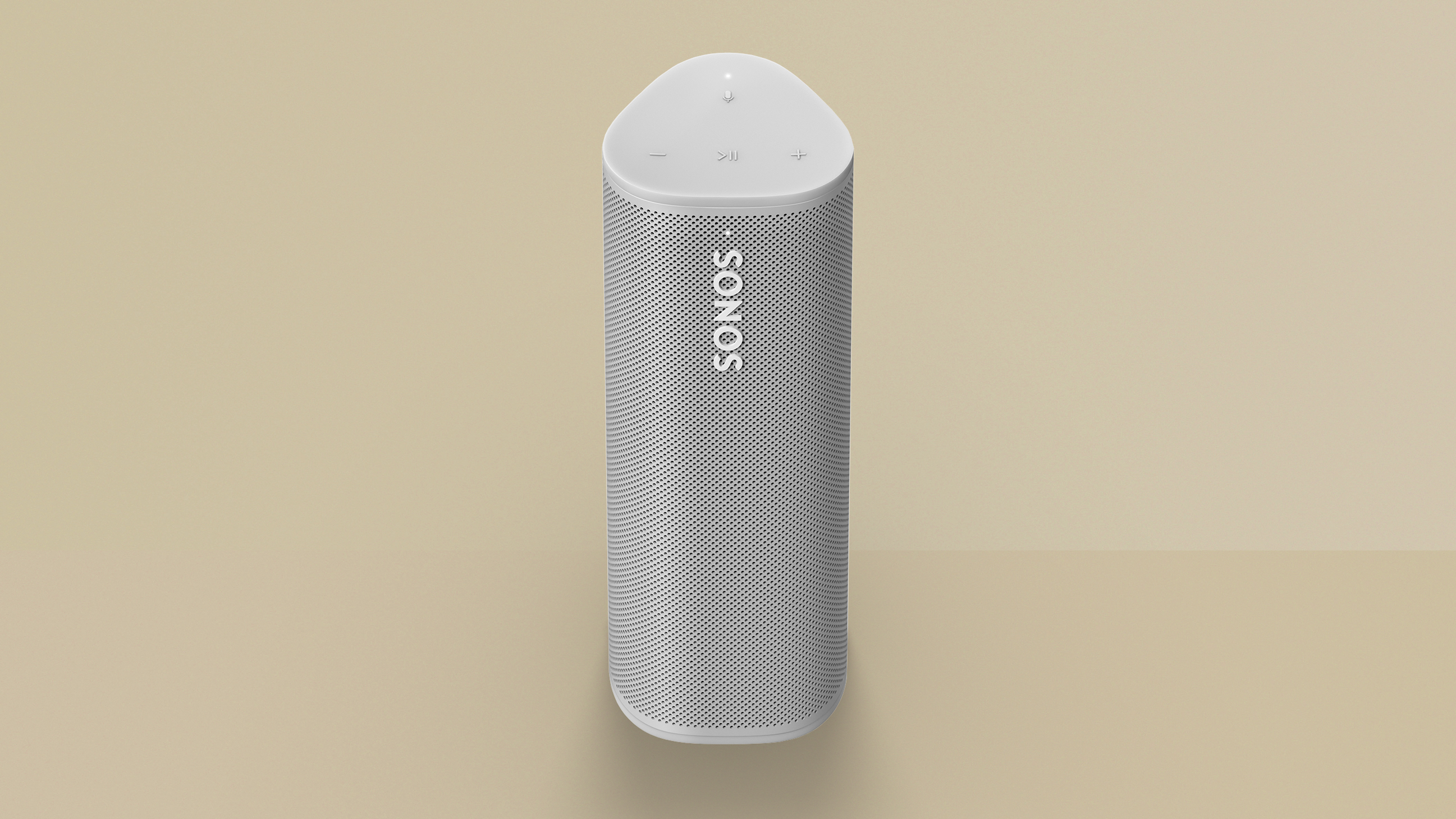
Sonos Roam review: Verdict
I used the Sonos Roam at my desk as my daily music buddy while working, right next to the Apple HomePod Mini that usually fills that role. The HomePod Mini is actually a marginally smaller device, is much cheaper, and I prefer its sound, because it's more open and natural, and so an easier listen overall.
I also have a couple of Sonos One SL speakers at home, and for just a tiny bit more money than the Roam, these offer a huge step up in clarity – they're still some of the best in class for glorious detail across their whole range. Of course, they're bigger, so it's much easier for them to achieve that.
Both of these speakers I've mentioned are indoors only – not portable at all. Which is the point I'm steering my Sonos Roam review around to: the Roam is so full of smart Sonos options that it feels like a new cheaper home Sonos speaker that's also super-portable. But I don't recommend buying it with that in mind, because you can get better-quality speakers if in-home listening is what you'll do mostly. Again, I'd point you straight at the Sonos One SL, which is still wonderful speaker for the size and price.
However, if you want a smart-looking and compact battery-powered portable speaker that acquits itself really well for sound overall, and that has the added bonus of being part of the Sonos system for occasional multi-room use, then the Roam is an excellent option.
The only small issue there is the battery life – this is for days out rather than long weekends of camping. The JBL Charge 5 offers 20 hours of battery life, and may be the better pick in that case.
Sign up to the T3 newsletter for smarter living straight to your inbox
Get all the latest news, reviews, deals and buying guides on gorgeous tech, home and active products from the T3 experts
Matt is T3's former AV and Smart Home Editor (UK), master of all things audiovisual, overseeing our TV, speakers and headphones coverage. He also covered smart home products and large appliances, as well as our toys and games articles. He's can explain both what Dolby Vision IQ is and why the Lego you're building doesn't fit together the way the instructions say, so is truly invaluable. Matt has worked for tech publications for over 10 years, in print and online, including running T3's print magazine and launching its most recent redesign. He's also contributed to a huge number of tech and gaming titles over the years. Say hello if you see him roaming the halls at CES, IFA or Toy Fair. Matt now works for our sister title TechRadar.
-
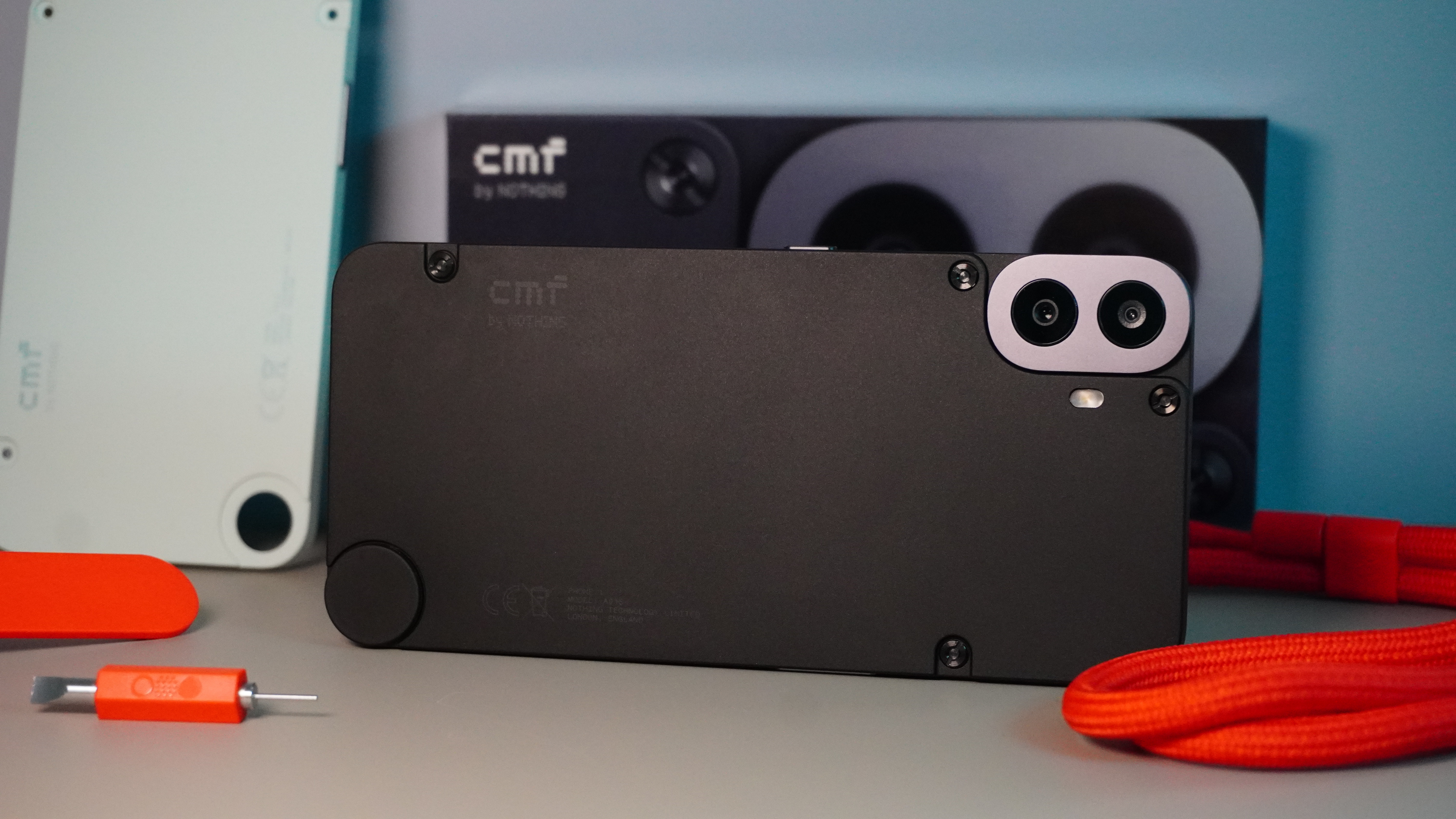 Nothing's next phone could be a budget powerhouse, thanks to this confirmed hardware detail
Nothing's next phone could be a budget powerhouse, thanks to this confirmed hardware detailOfficial details reveal more about the next phone coming from Nothing
By Chris Hall Published
-
 Adidas Adizero Boston 13 is softer, faster, and finally feels like a proper trainer
Adidas Adizero Boston 13 is softer, faster, and finally feels like a proper trainerThe brand quietly fixed everything runners didn’t love about the Boston 12
By Matt Kollat Published
-
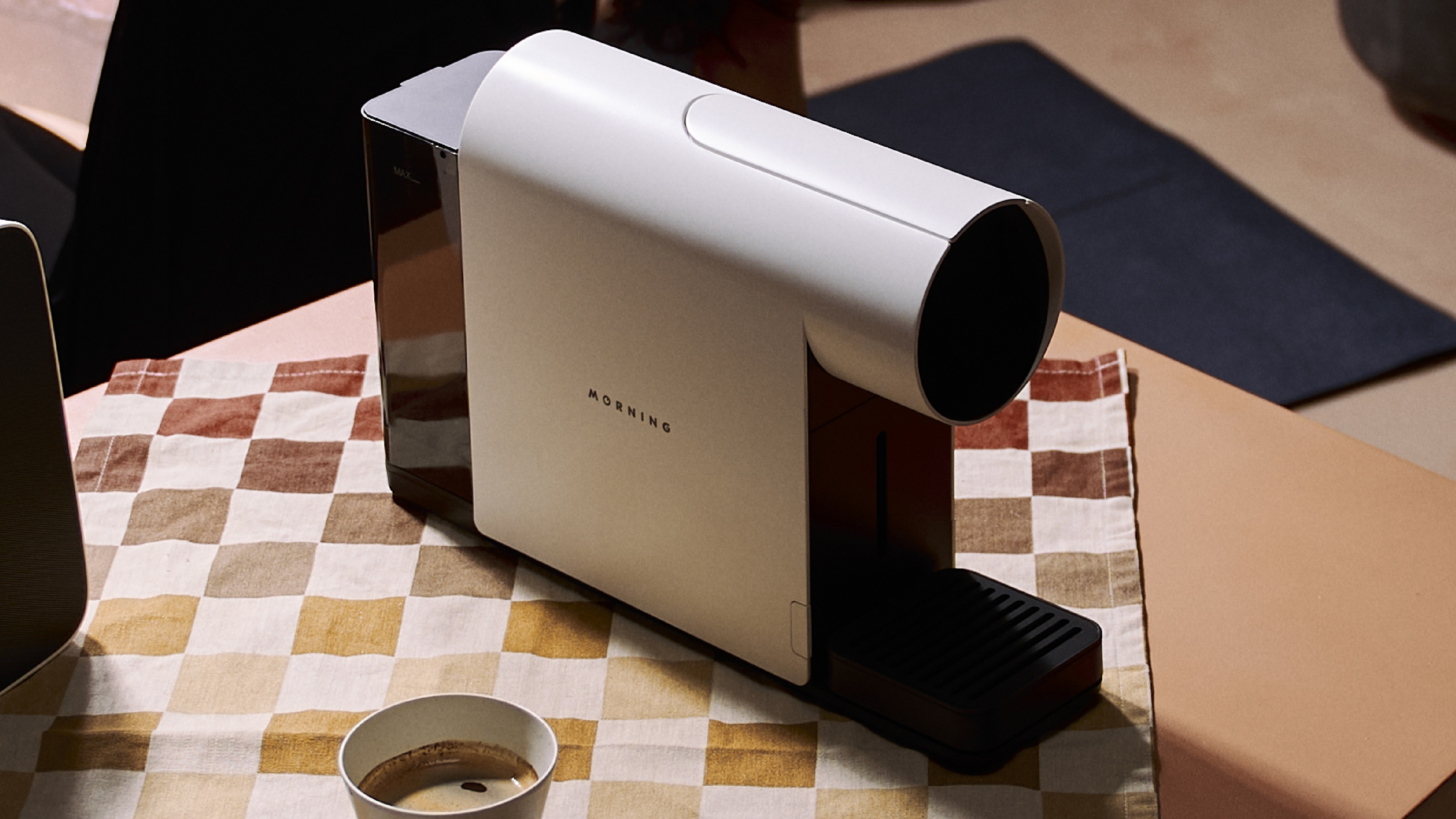 The Morning Machine’s younger sibling is here – same precision, now in a compact design
The Morning Machine’s younger sibling is here – same precision, now in a compact designIntroducing the Morning Mini
By Lizzie Wilmot Published